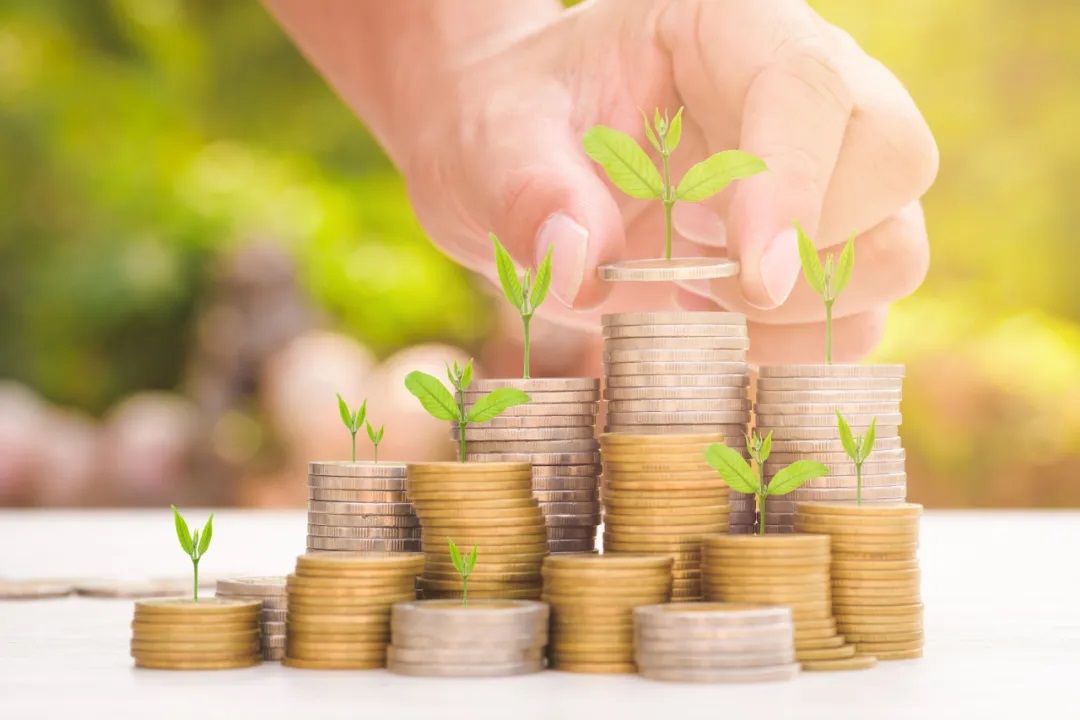What can green finance do in the age of carbon neutrality?

By Oliver Rui
Green finance refers to financing and investment activities that benefit the environment and further sustainable development. These benefits include the reduction of air, water and soil pollution, reduction of greenhouse gas emissions, more efficient use of resources and mitigation of climate changes.
Green finance facilitates a shifts towards a greener economy through market-based financial incentives. Financial institutions such as banks, for example, can increase their financing capacities for green industries, and government authorities can incorporate more financial facilities for these industries into their policy-making. Green finance can be realised in the form of various products such as green credit, green bonds, green investment funds, green insurance, green securities funds, as well as carbon trading, carbon assets and carbon derivatives.
Green Credit
In China, green credit accounts for over 95% of all green financial products. These include loans issued to environmentally beneficial projects at more favourable interest rates or on more favourable terms compared to those with negative environmental fallouts. In 2020, green loans amounted to 12 trillion RMB, accounting for nearly 7% of all green credit. These loans mainly go into two major categories: 1) transportation, warehousing and shipping, and 2) electricity, heating, gas, and water production and supply.
Green Bonds
The funds collected as green bonds are mainly used to finance improvements in energy conservation and emissions reductions, green urbanisation, clean energy, the circular economy, water conservation, ecological farming and forestry, low-carbon industries and more. The issuance of green corporate bonds peaked in 2019, with a total of 350 bonds worth 300 billion RMB being issued.
Green Equity Financing
There are also dedicated private equity and venture capital funds for green industries and companies in the area of equity financing. These funds differ in that they offer not only funding for listed companies in green and environment-friendly industries, but also services in operations management. They generally have longer maturities and focus more on long-term yields. They also offer an effective alternative for SMEs and start-ups which struggle to obtain loans from banks.
Green Developmental Funds
In July 2020, China established the first green developmental fund now worth more than 88.5 billion RMB. The fund is supported by the Ministry of Finance, Ministry of Ecology and the Environment, provincial and municipal governments along the Yangtze River, the Bank of China and Bank of Construction. It is dedicated to environmental protection, pollution control, ecological rehabilitation, green transportation and green energy.
Carbon Trading
Carbon trading is a market-based policy tool used to reduce greenhouse gas emissions. Quotas are stipulated for various industries and enterprises that are incorporated into the trading system. These quotas can be granted by governments or purchased through auctions or through trading with other companies. Carbon trading allows enterprises to offset part of their emissions with the amount of reduction they have realised.
Carbon trading serves as an incentive for new energy or non-fossil fuel sectors and a constraint on industries relying on fossil fuels. The combination of these two forces helps to enable the improvement of energy use efficiency and to curb environmental pollution in a cost-effective manner.
It is forecasted that by the end of 2021 the total trading volume on the carbon trading market this year will be 250 million tonnes worth 6 billion RMB. By 2030, when China is expected to reach its carbon peak, the accumulated carbon trading volume will likely be as high as 100 billion RMB.
At present, most of the enterprises involved in carbon trading are in the energy industry. In the future, however, the carbon trading market will expand to include other industries such as petrochemicals, chemical engineering, building materials, steel and iron, pulp and paper and civil aviation.
What kinds of carbon financing products are there on the market?
Apart from carbon trading, there are various financial products with carbon as their underlying asset available. For example, it is now possible to borrow or lend carbon assets, whereby borrowers borrow carbon assets and return both the assets and agreed yields at a certain point in the future. There are also carbon bonds and carbon-based ABS (asset-backed securities), whereby issuers obtain financing for their carbon-related activities via debt or ABS issuance. In addition, it is also possible to sell and repurchase carbon assets, whereby quota holders can sell their quotas and repurchase them later at an agreed price in the future.
Carbon financing has significant implications for emissions-controlling enterprises. For example, derivatives trading can lower costs by locking in future trading, thus reducing the risk of volatility. Companies can also earn interest by lending their carbon assets to companies that require them to honour their contractual obligations. By issuing carbon bonds and green bonds, companies can also enjoy policy-based government subsidies, and by issuing carbon funds, they have access to more financing options. Ultimately, as this is a brand new area, it could be possible to recreate traditional financial services, replacing traditional underlying assets with carbon, thereby bringing an entire new segment into being.
Oliver Rui is a Professor of Finance and Accounting and the Parkland Chair in Finance at CEIBS. For more on his teaching and research interests, please visit his faculty profile here.













